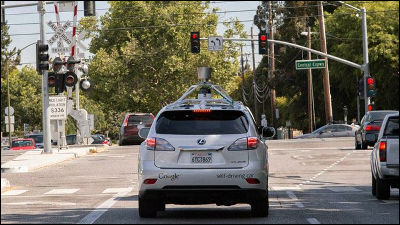Technology to support walking of visually impaired people with 'AI-equipped backpack' instead of guide dogs will be developed

In order for visually impaired people to walk around the city safely, it is necessary to use
Intel AI-Powered Backpack Helps Visually Impaired Navigate World
https://www.intel.com/content/www/us/en/newsroom/news/ai-powered-backpack-visually-impaired-navigate.html#gs.073v8o
AI-equipped backpack allows the blind to walk in public without dogs or cane
https://techxplore.com/news/2021-03-ai-equipped-backpack-dogs-cane.html
In recent years, there has been a move to use technology to help visually impaired people. For example, Google is developing a smartphone app 'Lookout ' for the visually impaired that reads out surrounding objects and characters, and Microsoft is also launching a similar app 'Seeing AI '.
However, a research team led by Jagadish K. Mahendran, an artificial intelligence researcher at the University of Georgia, thought that these smartphone apps were not enough, and that a better support system was needed. Therefore, we have developed 'a system that supports visually impaired people with a backpack equipped with AI' as a system that supports visually impaired people walking outside.
You can see what the system actually developed by the research team looks like by watching the following movie.
Visual Assistance System for the Visually Impaired --YouTube
The system developed by the research team uses backpacks, waist pouches, clothes, and so on. The camera kit 'OAK-D ', which is equipped with a space-recognition AI camera and can acquire depth information, is attached to the inside of the vest or waist pouch, and a lightweight computer unit or GPS is attached to the inside of the backpack.
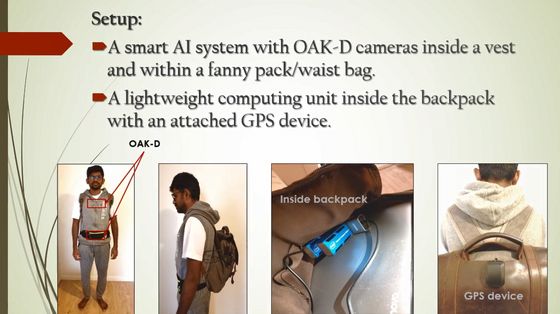
The vest pocket and waist pouch also contain a small battery, which can be used continuously for about 8 hours.

The OAK-D unit uses Intel's processor for camera devices '

The backpack was actually tested in the city near
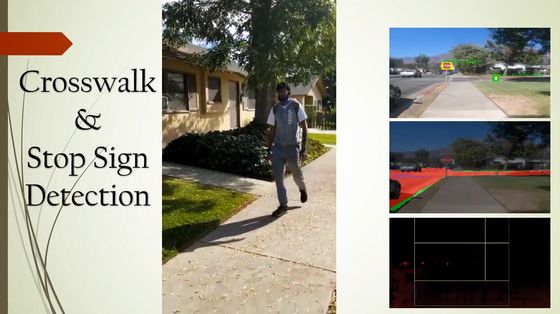
He read aloud the 'STOP' sign in front of him and told me that he was approaching an intersection on the road. By using voice to indicate the surrounding situation, visually impaired people can recognize the situation without the help of a white cane or a guide dog.
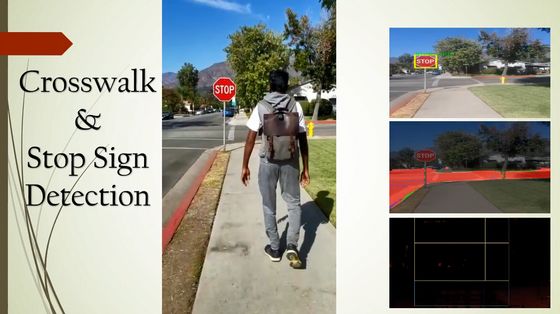
The system also alerts you when it detects an obstacle ahead of you. For example, if you have a thin wire-shaped
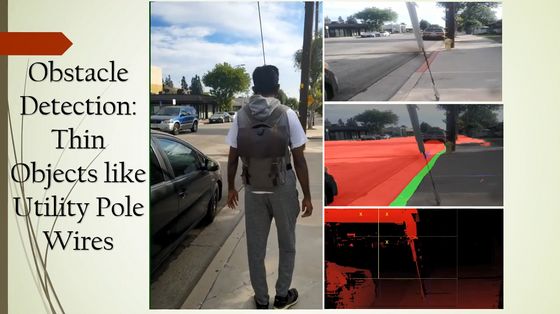
When I slid my body according to this voice, the voice 'Left (left)' was heard, telling me that the obstacle was on my left side.

Also, when you encounter a planting that sticks out of the garden to the road, it will tell you that there is an obstacle overhead by saying 'Top' and 'Front'.
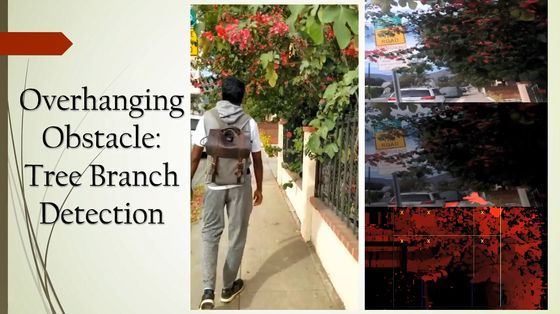
When you say 'Describe' and call on AI, AI recognizes the surrounding situation and says 'Yellow pavement', 'Person', 'Traffic light', etc., '10'. It will explain with directions that look like clocks, such as 'o'clock (10 o'clock direction)', '11 o'clock (11 o'clock direction)', and '2 o'clock'.

Artificial intelligence researcher Mahendran developed this backpack when he met a friend of the visually impaired, saying, 'While researchers are teaching robots to see things, they can see things. There are many people who need help without hesitation, 'he said, because he noticed the ironic reality.
Brandon Gilles, founder and CEO of Luxonis, the developer of OAK-D, said, 'Our mission at Luxonis is to help engineers harness the power of Intel AI quickly and build something important. That's why I'm very happy to see something as valuable and remarkable as an AI-powered backpack built with the OAK-D very quickly. '.
Related Posts:
